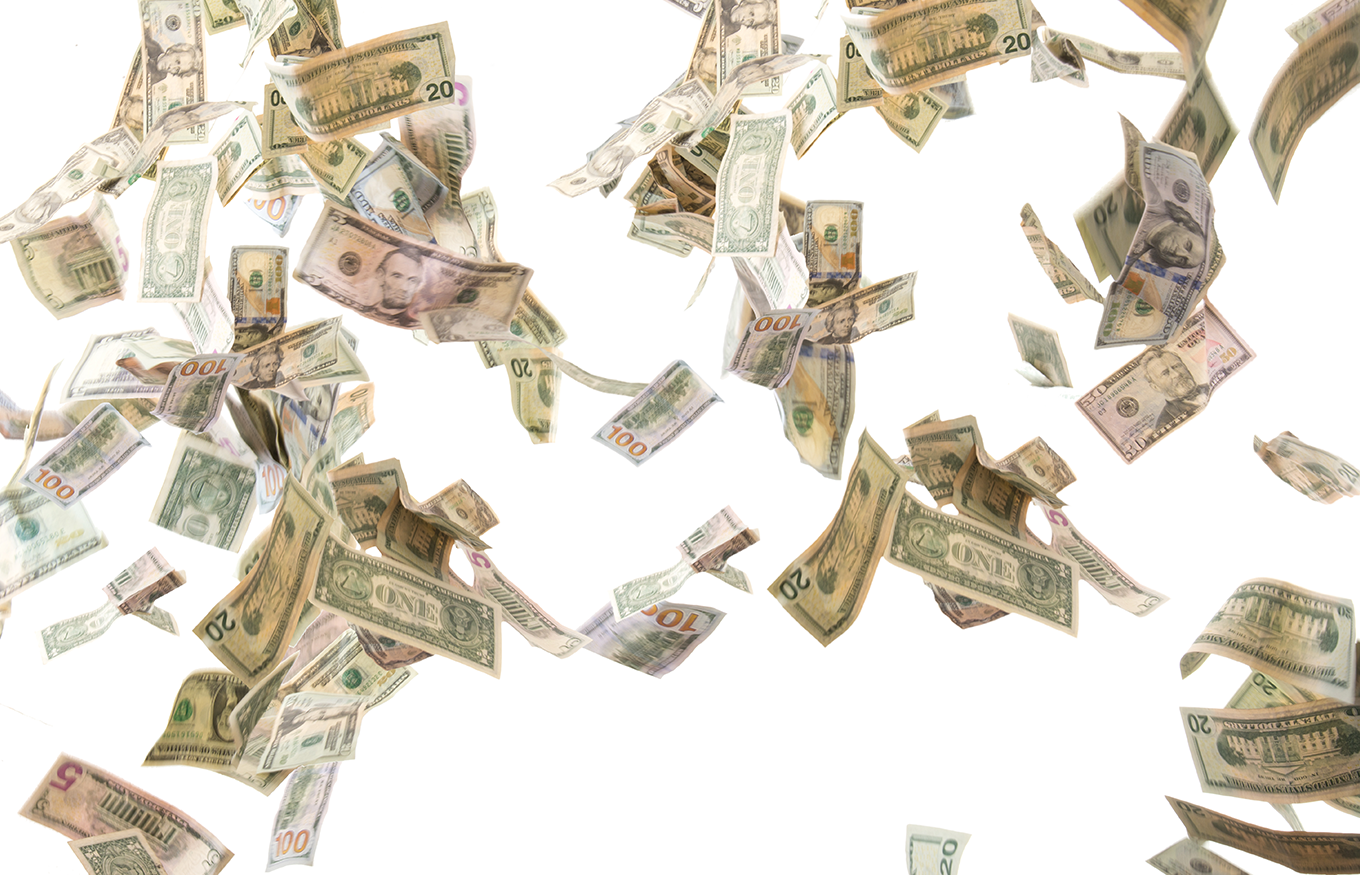With political observers projecting a record amount of midterm spending this election, it’s no surprise that members of Congress running for reelection have been raking in a lot of campaign cash. Just how much money have politicians been raising?
All members of Congress filed new campaign finance documents last week, detailing their fundraising and expenditures between July and October. Here are some key numbers to know, based on an Issue One review of these new filings.

Bottom line: Lawmakers — especially those in the most competitive races — are under intense pressure to raise money every day.
“Voters elect lawmakers to come to Washington to legislate, provide oversight, and assist their constituents, but raising campaign cash is essentially a second full-time job for most members of Congress, especially those in competitive reelection races,” said Issue One Founder and CEO Nick Penniman. “Too often, campaign cash comes from wealthy donors and special interests with business before Congress. Americans across the political spectrum want to see reforms that help make Congress more responsive to all Americans, not just the wealthy and the well-connected.”
Earlier this year, Rep. Mike Gallagher (R-WI) echoed this sentiment, telling the Epoch Times that “members of Congress have become increasingly focused on fundraising for their next election instead of doing the work they were elected to [do].” Gallagher teamed up with Rep. Dean Phillips (D-MN) in June to introduce a bipartisan bill that would prohibit members of Congress from fundraising while Congress is in session.
$1.5 million
The median amount of money raised during the third quarter of 2022 by a sitting senator running for reelection this year was $1.5 million — the equivalent of about $16,200 per day. That’s more than seven times as much money as their colleagues who are not facing reelection this election cycle, who typically raised $208,000 between July and September — about $2,300 per day.
$26.4 million
The highest amount a single sitting senator up for reelection raised during the third quarter was $26.4 million, or roughly $287,000 per day. This fundraising powerhouse was Sen. Raphael Warnock (D-GA), who was also the top fundraiser among sitting senators during the second quarter when he raised $17.3 million. Warnock’s general election opponent, Republican Herschel Walker, raised $11.7 million during the third quarter, or about $127,000 per day. During the same period, the most prolific fundraiser running for reelection in the House was Rep. Katie Porter (D-CA), who raised $4.5 million between July and September, or about $49,400 per day.
$161 million
Combined, all incumbent senators raised nearly $161 million from individuals, political action committees, and other sources between July and September. That’s roughly 35% more than all incumbent senators raised between April and June of this year. In total, since January 2021, incumbent senators have raised more than $765 million for their reelection campaigns.
$323,000
The median amount of money raised between July and September by a member of the House of Representatives running in the general election in 2022 was $323,000 — or about $3,500 per day. The median amount raised by a freshman House member was $404,000 — or about $4,400 per day. The typical House incumbent running for reelection in a race considered a toss-up raised more than $1.34 million during the third quarter — about $14,600 per day, or more than 4 times as much money as the typical House member.
$228 million
Combined, all House members raised $228 million from individuals, political action committees, and other sources between July and September. That’s 10% more than all House members raised from April to June of this year. Since January 2021, House members have raised a total of nearly $1.2 billion for their reelection campaigns.
92%
92% of members of Congress — including 91% of House members and all but two senators — have leadership PACs, political action committees that operate in addition to lawmakers’ official campaign committees. These PACs are often criticized by liberals and conservatives as slush funds funded by lobbyists and special interests. Created in the late 1970s as a way for members of Congress to raise extra money to give away to fellow politicians to boost their own influence, leadership PACs open the door to corruption in two ways: Their funding often comes from special interest groups with business before Congress, and some politicians use them to fund lavish lifestyles, often under the guise of fundraising.






